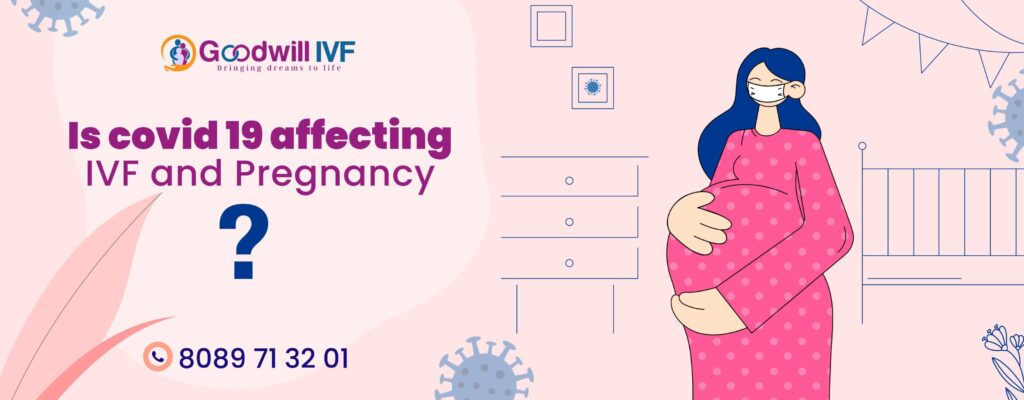It is a very difficult situation to be childless while having a strong desire to have a child.. That pain limits them from interacting freely with others in daily life.
Infertility and the causes
Infertility is the inability to get to conceive despite regular unprotected sex for one year. It can be that either of the partners may not be able to contribute to a conception, or that a woman is unable to carry a pregnancy to a full term.
Fertility problems may affect either the partner and in a quarter of cases, the identification of causes is not possible.
Common Factors
- Irregular ovulation (lack of the monthly release of an egg)
- Poor quality semen
- Blocked or damaged fallopian tubes
- Endometriosis – in which the endometrium is outside the womb.
- Age – fertility declines with age.
- Weight- underweight or severely overweight can influence ovulation.
- Sexually transmitted infections (STIs) can influence fertility.
- Smoking – influences your chance of conceiving and can also reduce semen quality.
- Alcohol – Avoid drinking alcohol to keep risks to your baby to a minimum. The Quality of sperm can get influenced by alcohol.
- Environmental factors – exposure to certain solvents, pesticides and metals influences fertility, particularly in men.
- Stress – can impact the relationship with your partner and may also influence ovulation and sperm production
For couples who are unable to conceive naturally even after trying for more than 3 years, the chances of getting pregnant within the next year are 1 in 4 or less.
Need of Medical Advice
For some people, getting pregnant is easy, but for others, it can take longer. It’s always better to consult an IVF Specialist, if you have not conceived after a year of trying.
Women who are already aware of their infertility problems or women aged 36 and over, should visit a consultant IVF Specialist sooner who can get help in knowing the common causes of fertility problems and suggest treatments.
Types of infertility
Primary infertility – where someone who has not conceived ever a child in the past, has a difficulty in conceiving.
Secondary infertility – where someone has had pregnancies in the past, but has difficulty in conceiving again.
Infertility treatments
- Medical treatment for the regularization of the Ovulation
- Treatment for endometriosis and similar surgical procedures such as the repair of the fallopian tubes, or the removal of scarring (adhesions) within the womb or an abdominal cavity
- IVF , Intrauterine insemination (IUI)
- ICSI, TESA, PESA
Reproductive technologies
Assisted Reproductive Technology
Assisted Reproductive Technology consists of all fertility treatments which handle either eggs or embryos. Generally, ART procedures include surgically removing eggs from a woman’s ovaries, combining them with the sperm in the laboratory, returning them to the woman’s body or donating them to another woman.
Procedures
IVF-ET – In Vitro Fertilization- Embryo Transfer
In this procedure, embryos are instilled into the uterus under ultrasound guidance with 3D/4D real-time technology. In this procedure, the transfer of the embryo to the uterus can be watched real-time as it happens. A blood test for pregnancy in about 12 days will confirm the success of the procedure.
GIFT – Gamete Intra Fallopian Transfer
This assisted reproductive technology involves a procedure of placing the eggs that are taken from the ovary, in one of the Fallopian tubes of a woman, along with the man’s sperm. The procedure involves an incision in the abdomen and the eggs and sperm is immediately placed in the fallopian tubes using a laparoscope, a small telescope-like instrument.
ZIFT – Zygote Intra Fallopian Transfer
The ZIFT is similar to in vitro fertilization and embryo transfer, but in this procedure, the fertilized embryo is transferred into the fallopian tube instead of the uterus. It is also known as Tubal Embryo Transfer (TET) because the fertilized egg is transferred directly into the tubes. The chances of success are more in ZIFT when compared to GIFT, as the physician has a greater chance to ensure the fertilization of the egg, but the presence of healthy tubes must be ensured for ZIFT to work.
FET – Frozen embryo transfer
In certain cases, healthy embryos produced from an IVF cycle may not be transferred to the patient and can be frozen and stored. The process of transferring such frozen embryos from a previous fresh IVF cycle to a woman’s uterus is known as Frozen Embryo Transfer (FET).
Goodwill IVF Treatment Center, one of the best IVF centers in Kerala, brings experienced and skilled fertility experts to reinvent high-tech fertility care in India by providing world-class medical diagnostics and treatment in ART.
The center functions further as an IVF treatment center & IUI treatment center and gets world-class treatment services even to low-income couples through the medical camps and financial assistance and lets the couples fulfill their dream of parenthood. Goodwill, the well-known IVF treatment center in Malappuram ensures excellent comfort and care throughout the fertility treatment journey and provides the best quality services in Kerala.


